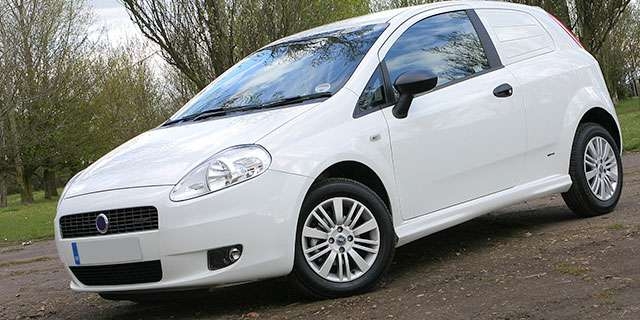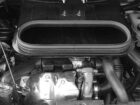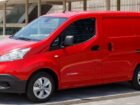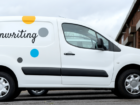This may seem like a ridiculous question but with the introduction of models like the Ford Fiesta van and the Vauxhall Corsavan, it’s a question that needs answering.
Within insurance there are lots of grey areas and one of them definitely concerns when a car becomes a small van.
Why is it a grey area?
It’s a grey area because insurers, industry organisations and manufacturers don’t always agree on what’s a car and what’s a van.
The issue normally starts with large cars, like people carriers and minibuses, which could arguably be classed as vans, depending on how they’re used.
Unfortunately, this doesn’t help you, which is why mustard.co.uk is going to point out some key features that should give you an indication of whether you’re driving a van or a car.
What does the manufacturer say?
As you might expect having developed, designed and built the car or van, manufacturers have a big role in deciding whether a car is a car or a van is a van.
But it’s not based on looks or style, instead it is officially what the vehicle has been classed as at the point of sale.
So, if the manufacturer builds the car and classes it as a family vehicle that would usually be used for social, domestic, pleasure and commuting, then it’s a car.
That should be reflected in your V5 logbook and the vehicle category. If it’s classed as:
- M1 – it’s a car.
- M2 – it’s a minibus.
- N1 – it’s a van.
- N2 – it’s a van.

M1 (car) insurance
If your vehicle is classified as M1, you own a car and you need car insurance rather than a specialist minibus or van insurance policy.
This comes in the form of a Comprehensive, Third Party Fire and Theft or Third Party Only policy.
If you use your car for work purposes then you will also need some form of business car insurance too.
You can learn more about car insurance and compare car insurance quotes right here on mustard.co.uk.
M2 (minibus) insurance
A minibus is classed as a vehicle with enough seats for nine to 16 passengers and because there are potentially more people on board, a different type of insurance policy is required because there is potentially more risk involved.
Insurance for a minibus is neither car or van insurance and is something entirely different. If you use your minibus for private hire (which is a business purpose) you will need a form of business insurance.
Most minibus insurers will cover you for a variety of different uses including private hire or if a school or club uses your minibus.
Where can I get minibus insurance?
If you’re looking for minibus insurance then you’ve come to the right place because you can compare minibus insurance quotes over the phone with mustard.co.uk.
N1 and N2 (van) insurance
If the Driver and Vehicle Licensing Agency (DVLA) class your vehicle as N1 or N2 then it’s a van and your insurance needs to reflect this.
You need to get the right insurance for your van, which is based on how it is used, either for commercial or private purposes.
You can learn more about van insurance and compare van insurance quotes right here on mustard.co.uk.
The key point
The important thing for you to do if you’re unsure whether your vehicle is a car or a van is to check your V5 logbook.
Once you know whether it’s a car or van, you can then start comparing insurance quotes with mustard.co.uk.
Remember though, if you use your vehicle, whether it’s a van or car, for business purposes at all, then you will need some form of business or commercial insurance.
And if you don’t know what type of what type of business insurance you need, we can help there too with our useful guides, or you can ask the question when you compare quotes over the phone.









